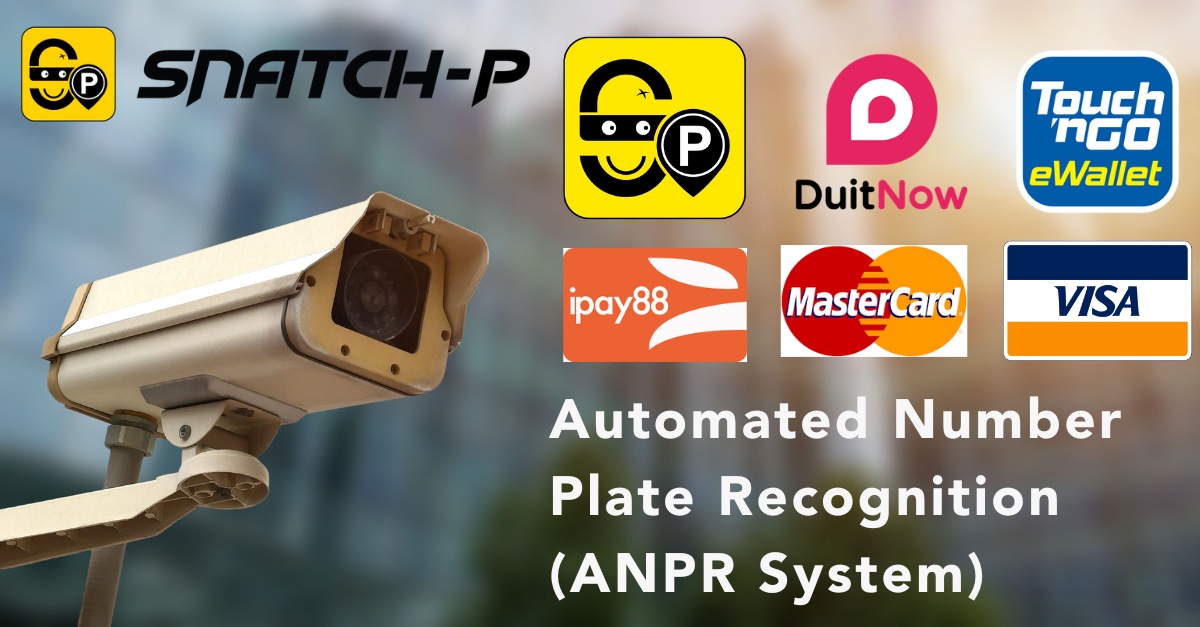Understanding ANPR Technology
Automatic Number-Plate Recognition (ANPR), also referred to as Automatic License-Plate Recognition (ALPR), is a technology that utilizes optical character recognition (OCR) and image or video analytics techniques to read and capture license plate information from vehicles. ANPR systems have various applications, including law enforcement, toll collection, parking management, and traffic monitoring.
Requirements for ANPR cameras
ANPR cameras are specifically designed to capture high-quality images of license plates. They possess several features that make them unique and suitable for their intended use:
- High-resolution imaging: ANPR cameras are equipped with high-resolution sensors to capture detailed images of license plates, enabling accurate recognition and extraction of characters.
- Infrared illuminators: ANPR cameras often incorporate infrared illuminators to ensure effective capture of license plates in low-light or nighttime conditions. The infrared light enhances the contrast and visibility of the license plate characters.
- Wide dynamic range (WDR): ANPR cameras have a wide dynamic range capability, allowing them to handle challenging lighting conditions such as bright sunlight or shadows. This ensures that license plates remain clearly visible and readable.
- Fast shutter speed: ANPR cameras typically have a fast shutter speed, capturing crisp images of moving vehicles and minimizing motion blur, especially in high-speed situations.
- Specialized lens: ANPR cameras feature lenses optimized for capturing license plates at various distances and angles, ensuring clear and focused images even when the camera is positioned differently relative to the vehicle.
- Image processing capabilities: ANPR cameras may include onboard image processing capabilities to detect and read license plates accurately.
These features collectively make ANPR cameras specialized and optimized for capturing clear and accurate images of license plates, enabling efficient and reliable automatic number plate recognition.
Applications of ANPR
ANPR technology has proven to be valuable in various domains, supporting efficiency and security. Some key applications include:
- Law Enforcement: ANPR is widely used by law enforcement agencies for identifying stolen or wanted vehicles, tracking suspects, and detecting vehicles involved in criminal activities.
- Traffic Management: ANPR systems assist in traffic monitoring by tracking average speeds, identifying traffic violations, and enforcing tolls or congestion charges.
- Parking Management: ANPR can automate parking systems, allowing for ticketless entry and exit, managing parking occupancy, and detecting parking violations.
- Border Control and Security: ANPR is employed at border checkpoints and high-security areas to monitor vehicle movements and identify suspicious or unauthorized vehicles.
- Electronic Toll Collection: ANPR is used in toll systems to automatically detect and charge vehicles passing through toll booths without manual intervention.
Benefits and Limitations of ANPR Systems
ANPR systems offer several benefits, including improved efficiency, accurate identification, automation of processes, enhanced security, and valuable data for analysis and decision-making. They assist in improving law enforcement, reducing manual labor, and increasing efficiency in various operations.
However, ANPR systems may face challenges in accurately reading license plates under certain conditions, such as poor lighting, dirt, or obstructed plates. Privacy concerns also arise due to the potential for mass surveillance and storage of vehicle movement data.
How to Select an ANPR System?
When selecting an ANPR system, it is crucial to consider several factors:
- System Requirements: Assess the specific needs and requirements for the ANPR system, considering factors such as expected vehicle volume, desired accuracy and speed, and necessary integration capabilities.
- Camera Selection: Carefully select ANPR cameras that are well-suited for the intended application, evaluating factors such as resolution, lens quality, low-light performance, infrared illuminators, and durability under various weather conditions.
- Image Processing and OCR Software: Evaluate the capabilities and accuracy of the image processing and OCR software provided with the ANPR system, ensuring advanced algorithms and reliable OCR capabilities for accurate license plate recognition.
- Integration and Compatibility: Assess the ANPR system’s compatibility with existing infrastructure, databases, and relevant systems, determining the feasibility of seamless integration to streamline operations.
- Data Storage and Management: Consider the ANPR system’s data storage capacity, data management capabilities, and adherence to data privacy and security regulations to protect personal information and ensure compliance with applicable laws.
- Accuracy and Reliability: Prefer ANPR systems with high accuracy rates and consistent performance, capable of handling various license plate formats and reading characters accurately under different conditions.
- Scalability and Flexibility: Consider the scalability and flexibility of the ANPR system, evaluating its capability to accommodate future needs such as expanding camera coverage, integrating with additional systems, and handling changes in traffic volume.
- Compliance with Regulations: Ensure that the ANPR system complies with relevant laws, regulations, and privacy requirements, evaluating features such as data anonymization, encryption, access control, and audit trails to safeguard personal information.
- Training and Support: Consider the training programs, technical support, and software updates provided by the ANPR system provider, as adequate training and ongoing support are crucial for successful implementation and maintenance of the system.
- Cost and Return on Investment: Assess the overall cost of the ANPR system, including hardware, software, installation, maintenance, and ongoing fees. Evaluate the potential return on investment based on efficiency improvements, enhanced security, and potential cost savings.
By carefully considering these factors, individuals or organizations can select an ANPR system that aligns with their specific requirements and maximizes the benefits for their intended application.
ANPR Technology and Its Impact
ANPR technology has a significant impact on the transport industry. License plates serve as unique identifiers for vehicles, and their recognition through ANPR technology can fulfill various purposes. Some of these include:
- Traffic Analysis: ANPR data can be used to analyze traffic patterns, identify congestion hotspots, and optimize transportation infrastructure.
- Law Enforcement Support: ANPR assists law enforcement in tracking down criminals, investigating incidents, and identifying stolen vehicles.
- Security and Safety: ANPR helps enhance security at border checkpoints, high-security areas, and critical infrastructure by monitoring vehicle movements and identifying suspicious or unauthorized vehicles.





















